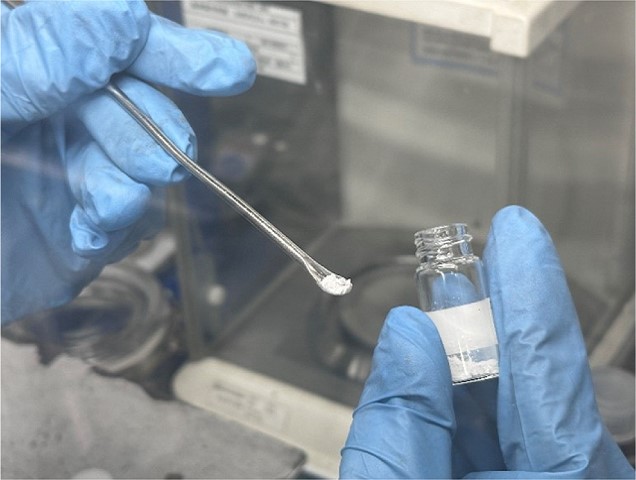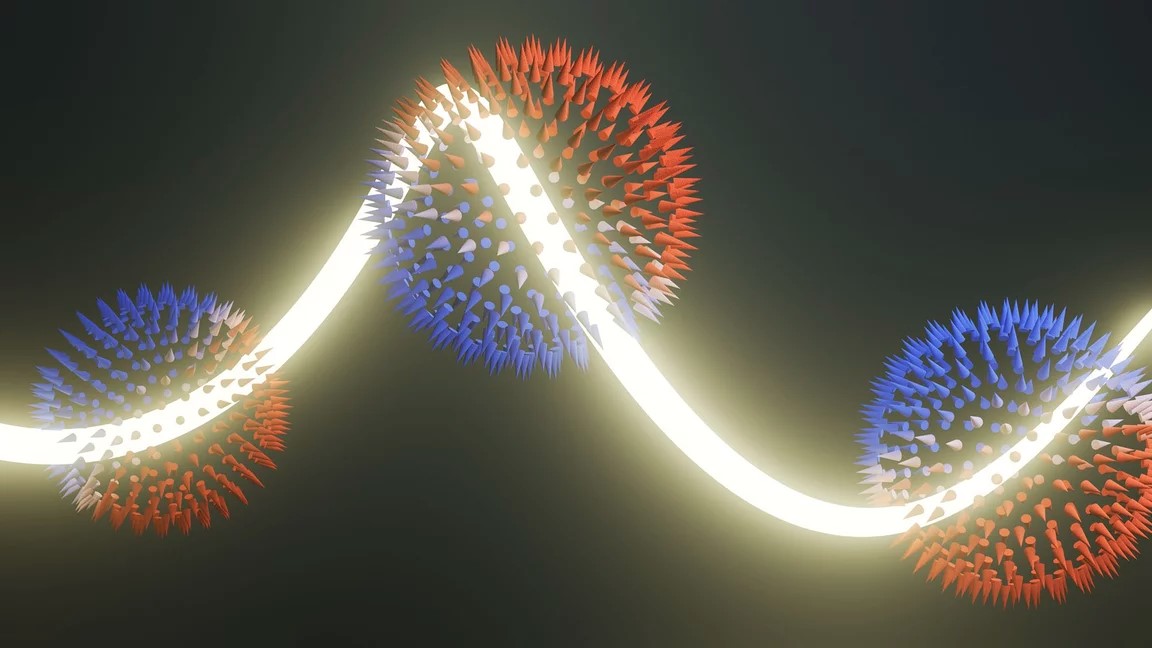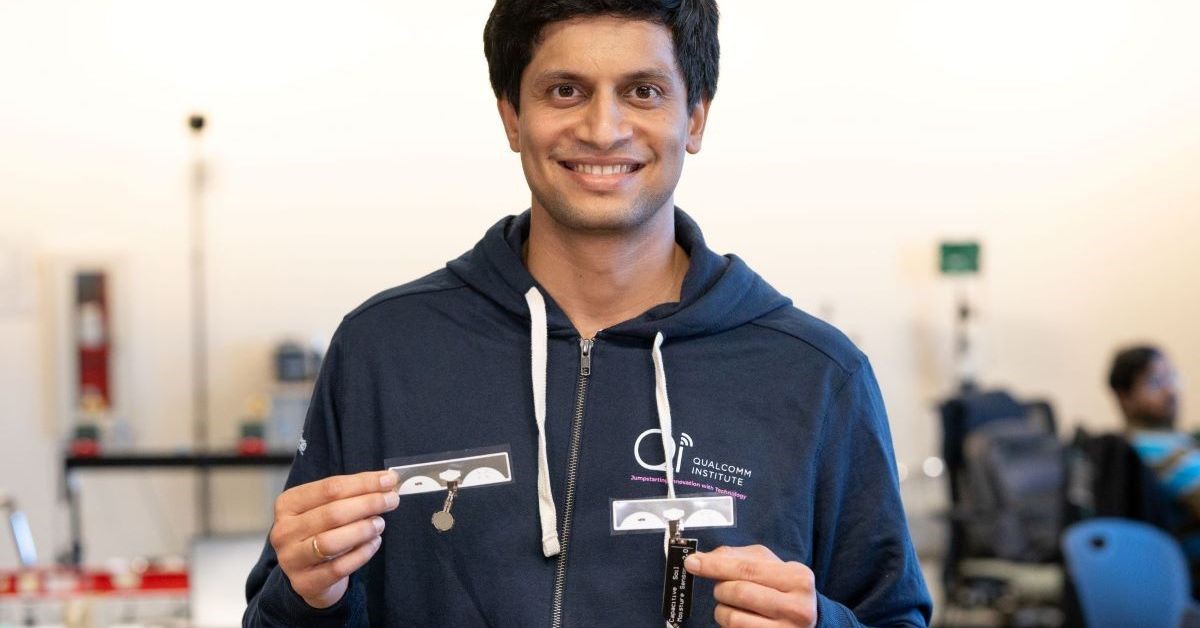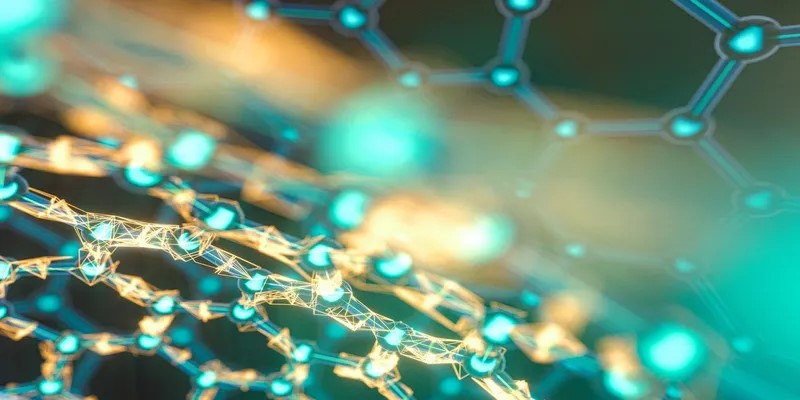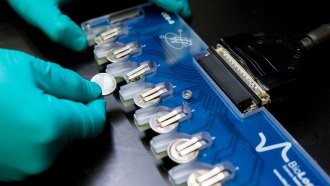New Technology Generates Ultrashort Ion Pulses
With durations of less than 500 picoseconds, these pulses enable real-time analysis of materials and observable chemical reactions. To capture fast-moving events, one needs a camera with a very short exposure time, and this principle is equally applicable in physics. While extremely short laser pulses have been instrumental in visualizing atomic processes, ion pulses are now emerging as a vital tool.
Recent advancements have led to the development of a new method for generating powerful, ultrashort pulses of charged particles. These ion pulses can be directed precisely at surfaces, allowing researchers to analyze rapid processes occurring on those surfaces. This capability opens the door for investigating chemical reactions in real time while they are actively occurring.
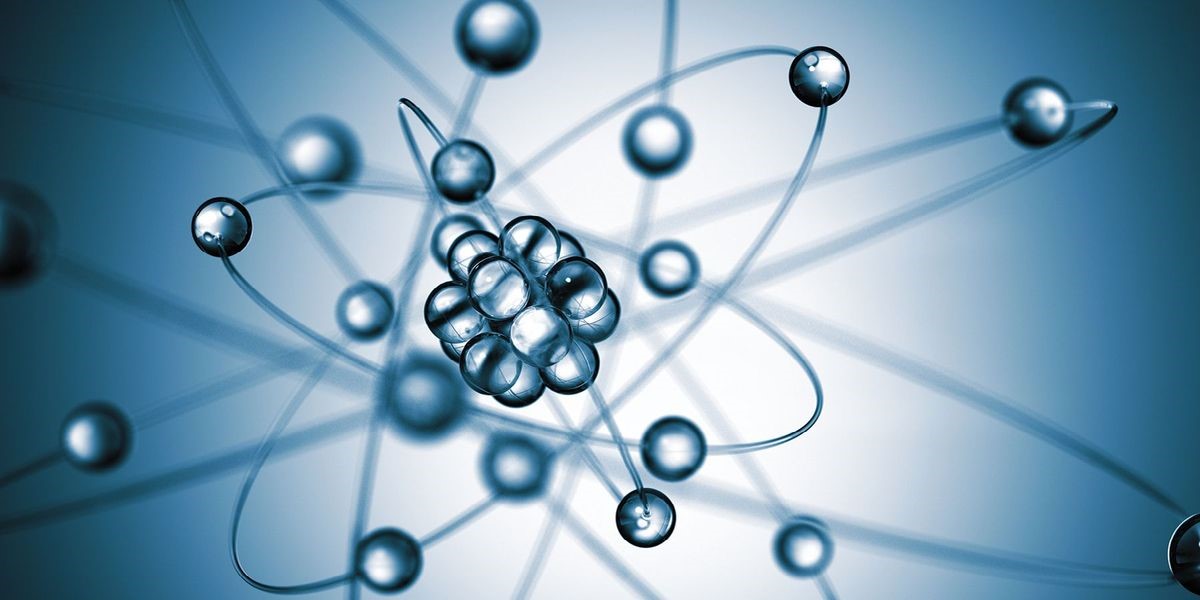
Figure 1. Breakthrough Technology Generates Ultrashort Ion Pulses
Typically, You Can Only Observe What Is Left Behind
"Ion beams have long been utilized for material analysis, as well as for cleaning or modifying surfaces," explains Prof. Richard Wilhelm from the Institute of Applied Physics at TU Wien. "However, in most cases, you only observe the final result: you direct ions at a surface and then examine the changes in the material. The challenge has been generating ion pulses that are short enough to track the impact's temporal progression.". Figure 1 shows Breakthrough Technology Generates Ultrashort Ion Pulses.
The ion pulses produced in the TU Wien laboratory last less than 500 picoseconds. A picosecond is one millionth of a millionth of a second—a duration that is nearly unfathomably brief by human standards. For context, light travels only 15 centimeters in 500 picoseconds. Although this is still millions of times longer than the world's shortest laser pulses, which operate on an attosecond scale, it falls within the optimal range for surface analysis.
Lasers Produce Electrons, Which in Turn Generate Ions
To produce extremely short and intense ion pulses, researchers developed a multi-stage process. First, a laser pulse is directed at a cathode, causing it to emit electrons. These electrons are then accelerated and collide with a stainless-steel target. "Certain atoms, such as hydrogen and oxygen, tend to accumulate on the stainless-steel surface," explains Richard Wilhelm. "When the electrons strike this layer of atoms, some are ejected and escape."
Among these escaping atoms, some are electrically neutral while others are ionized. Electric fields can be employed to selectively choose which atoms to utilize further. The selected ions are then accurately directed as a short ion pulse onto the desired surface for analysis.
"Since this process is initiated by a laser pulse, we can precisely control when the ion pulse is generated and when it strikes the surface," says Richard Wilhelm. "This allows us to probe the surface with incoming ions at different times during a laser-activated chemical reaction. As a result, we obtain varying signals that visualize the reaction's progression on a picosecond time scale."
Versatile New Technology
Historically, protons have been the simplest ions used for this purpose. However, the same technique can also generate ion pulses from other elements, such as carbon or oxygen. “It all depends on the specific atoms we attach to the stainless-steel layer that the electrons hit, which can be precisely controlled,” explains Richard Wilhelm. The process can also create pulses of electrically neutral atoms or negatively charged ions.
This advancement was made possible by the START Prize, awarded to Richard Wilhelm by the Austrian Science Fund FWF in 2019. “This funding allowed us to explore innovative and complex research, which carries inherent risks,” Wilhelm states. “Well-funded START awards are essential for transforming bold ideas into reality.” There are already plans to further reduce the duration of the ion pulses by using specially shaped alternating electromagnetic fields to slow down the initial ions slightly while accelerating the subsequent ones.
“We have developed a promising and remarkably efficient technique for studying ultrashort processes that were previously difficult to investigate,” adds Richard Wilhelm. This method can be integrated with existing ultrafast electron microscopy technology, offering valuable insights into various aspects of surface physics and chemistry.
Source:Lab Manager
Cite this article:
Janani R (2024), New Technology Generates Ultrashort Ion Pulses, AnaTechMaz, pp. 69


